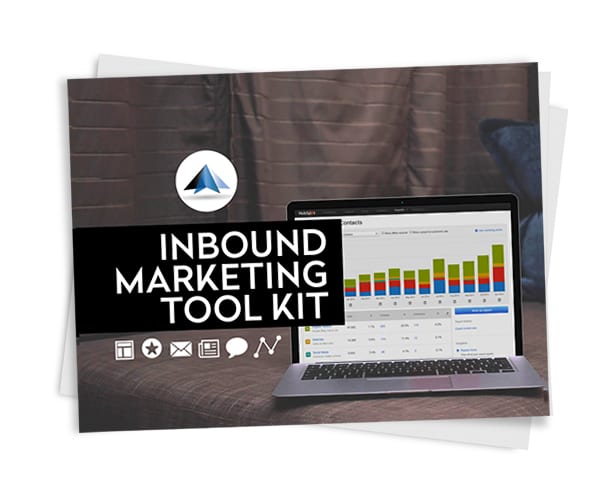
Videos will be responsible for nearly three-quarters of all internet traffic by 2017, potentially outpacing brands’ investment in them.
Last year, it was reported that 70 percent of marketers are making video content a priority. The latest data suggests companies should begin to consider a larger investment in video marketing if they want to generate more traffic, leads and purchases through their websites. (Source: Syndacast)
Consider these facts:
- 54% of senior executives share work-related videos with colleagues, at least, weekly.
- 93% of marketers use video for online marketing, sales or communication.
- 65% of video viewers watch more than 3/4 of a video.
- 52% of marketing professionals worldwide name video as the type of content with best ROI.
- 50% of online video now accounts for 50% of all mobile traffic.
- 78% of people watch videos online every week.
- B2B and B2C marketers all over the world say video is the top 3 most effective social media marketing tactic.
(Source: Hubspot)
Below is a guest post by our friends at Birds Eye of Big Sky—an unmanned aerial videography company based in Missoula, Montana whose recent work includes projects for National Geographic, PBS, HBO and the movie “The Revenant.”
If you’re interested in how you can bring a new level of interest, excitement and competitive edge to your firearms, hunting or outdoor brand through the use of drones, here are five reasons to consider a drone for your next content or inbound marketing video.
1. Scenic Landscapes Can Be Captured Economically Using a High-Quality Cinematic Drone
The latest high-end drones enable you to obtain stunning aerial capture of the natural environment of your product being used in that setting. Showcase your product in the spectacular outdoors and catch the eye of the visitor to your site with panoramic sweeping views or action sequences captured via the drone platform. Most hunters and outdoor enthusiasts are there because of the beauty of the natural settings in which they use your product—reward their visit to your site with gorgeous views and engaging imagery that shows your product in action.
2. Exciting Angles and Cinematic Production Value
Unique and exciting angles and perspectives can be obtained by videographers using drones. You may not immediately notice it, but many recent television commercials, internet content, and even feature films are being photographed using drones because of their unique and exciting capabilities. Imagine your product being used on a mountainous ridge, a moving vehicle, down range or boat in a scenic locale, or shot through a forested trail by a drone in the air. The possible perspectives are limited only by your imagination (and the skills of your camera crew).
3. Increase Visits and Purchases
Because of the notoriety of drones in the public eye, by using drone photography in your marketing efforts, you will grab the attention of viewers who will be drawn to your advertising message simply by the fact that drones have been used in the production of your video. According to data from Syndacast, videos will be responsible for 74 percent of all internet traffic by 2017. Website visitors are 64% more likely to buy a product on an online retail site after watching a video. In addition, visitors who view videos stay on the site an average of 2 minutes longer than those who don’t view videos (Source: comScore)
4. Show your Customers that you are Cutting-Edge and Modern
Because drones are new, high tech, and perceived as innovative and cutting-edge, your use of drones shows your customers that you are a modern, forward-thinking organization that embraces new technology and ideas. This will create a perception in the viewer/customer that they are dealing with a market leader and innovator. If being perceived as such is an important part of your corporate image, then you should consider using the drones in the production of your next branding/marketing video production.
5. Show your Support to Preserve, Protect and Promote Wildlife and Fishing Habitats and Conservation
Drones are now used in a myriad of ways by researchers, fish and game authorities, conservationists and others to study ways to improve wildlife and fishing habitats, monitor the environment, research migratory, feeding and reproductive behavior, and many other functions. All of these efforts will benefit wildlife and fish populations and habitats, and thus enhance hunting and fishing opportunities and enjoyment. By embracing the use of the drone technology, your company is implicitly cooperating with researchers and scientists in the modernization and improvement of tools and techniques to improve the natural world for all to enjoy, now and in the future for the benefit of future generations.
To learn more about Birds Eye of Big Sky, please visit their website: https://www.birdseyeofbigsky.com
By Edward Meier
Birds Eye of Big Sky
































































